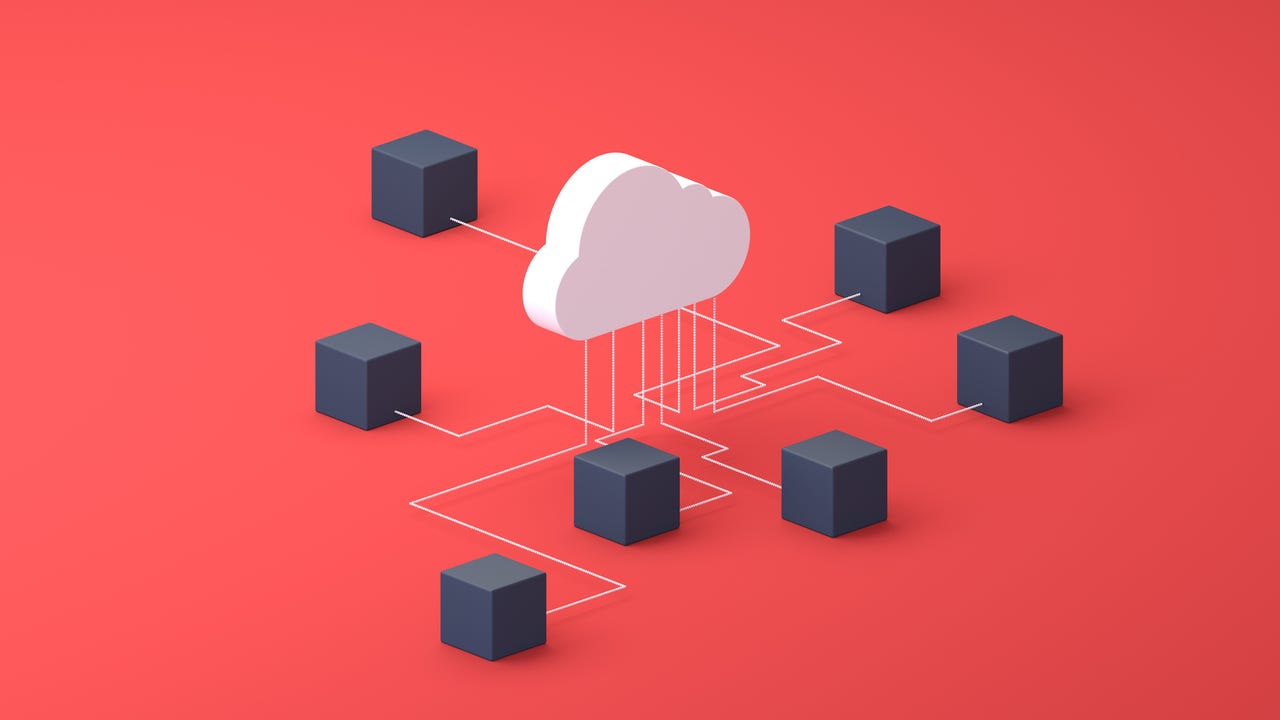'ZDNET Recommends': What exactly does it mean?
ZDNET's recommendations are based on many hours of testing, research, and comparison shopping. We gather data from the best available sources, including vendor and retailer listings as well as other relevant and independent reviews sites. And we pore over customer reviews to find out what matters to real people who already own and use the products and services we’re assessing.
When you click through from our site to a retailer and buy a product or service, we may earn affiliate commissions. This helps support our work, but does not affect what we cover or how, and it does not affect the price you pay. Neither ZDNET nor the author are compensated for these independent reviews. Indeed, we follow strict guidelines that ensure our editorial content is never influenced by advertisers.
ZDNET's editorial team writes on behalf of you, our reader. Our goal is to deliver the most accurate information and the most knowledgeable advice possible in order to help you make smarter buying decisions on tech gear and a wide array of products and services. Our editors thoroughly review and fact-check every article to ensure that our content meets the highest standards. If we have made an error or published misleading information, we will correct or clarify the article. If you see inaccuracies in our content, please report the mistake via this form.
Hardware fails, but I've never lost data thanks to this backup plan


In May, several outlets reported that Reddit users were complaining about failing SanDisk Extreme SSDs. Subsequently, replacement drives provided by Western Digital, SanDisk's parent company, were also reported to be failing.
The issue affects SanDisk Extreme Portable SSD V2, SanDisk Extreme Pro Portable SSD V2, and WD My Passport SSD products, and appears to be limited to drives manufactured after November 2022.
Western Digital has also released a firmware update to address the issue.
Also: Top network-attached storage devices: Synology, QNAP, Asustor, and more
Data loss is bad. Hardware can be replaced, but data is irreplaceable. Often, the data can still be retrieved by data recovery specialists, but that's a painfully expensive route to travel.
I handle, process, and store quite a lot of data in the form of photos and videos, and -- as a measure of caution -- I've pulled all affected SanDisk and WD drives, irrespective of manufacture date, out of use. (I only had two.)
In working as a pro-am photographer and videographer for many years, and having grown acutely aware of just how sudden and catastrophic data loss can be, I have developed a workflow that limits my exposure to this risk. This workflow relies on the fact that storage is relatively cheap.
When handling data, I work by the principle of "two is one, one is none, and three is best." What do I mean? If I have two copies of something, and remember they need to be on separate devices, not two copies on your laptop, and one fails, I still have one. If I have one copy and that goes bye-bye, well, I have none. And just to be on the safe side, I prefer to have three copies of everything, spread across different storage devices.
When I'm capturing photos and video, I normally copy the data off the storage cards onto both a laptop and an external drive. (If there's not enough space on the laptop, I'll copy it onto two external drives.)
Also: The top cloud storage services
I also keep the original data on the storage cards for as long as possible before formatting them and reusing them. This is why I prefer having a lot of smaller SD and microSD cards (in the 64GB to 256GB range), rather than a couple of huge 1TB cards.
To move the data off of storage cards onto my laptop and external drives I use a program called Carbon Copy Cloner by Bombich Software. I've been using this software for many years, and it's absolutely packed with features that make copying data from one place to another as fast and reliable as possible.
I'll also move a copy of the raw data onto cloud storage as soon as possible. (Again, I'm minimizing the chances of total loss.)
Also: The other shoe finally dropped on my Google Enterprise cloud storage plan
Note that's just the raw capture data.
Once I start to edit, I like to do something similar. For editing, I make another copy of the data onto a storage drive I use for editing, and I have that backed up to a separate drive using Carbon Copy Cloner on a regular basis, while again also making cloud backups.
You're probably wondering what drives I use. I have a mix of external SSDs and HDDs from a variety of manufacturers. No, I don't buy several drives of one brand from one maker, because I know from past experience that issues like the one plaguing SanDisk can happen.
Currently, I'm using drives from Samsung, Crucial, and OWC. I also back up to Synology NAS boxes.
For cloud storage, I use Backblaze, Dropbox, and also have storage with Amazon.
Also: How I recovered 'irreplaceable' photos off an SD card for free
Another thing that I do is rotate storage drives and storage media every few years. Because I don't want to be using storage media that is five years old, I generally pull them out of service after three years. (Tip: Write the date you started to use something on the device.)
I'll be the first to admit that this all adds up to a fair bit of extra workload, hassle, and expense, but following this regimen has kept my data safe. Yes, I've had drives fail, and that was very annoying. But making sure that there are always multiple copies of my data on multiple devices means I've never lost data as a result of those failures.
Two is one, one is none, and three is best!